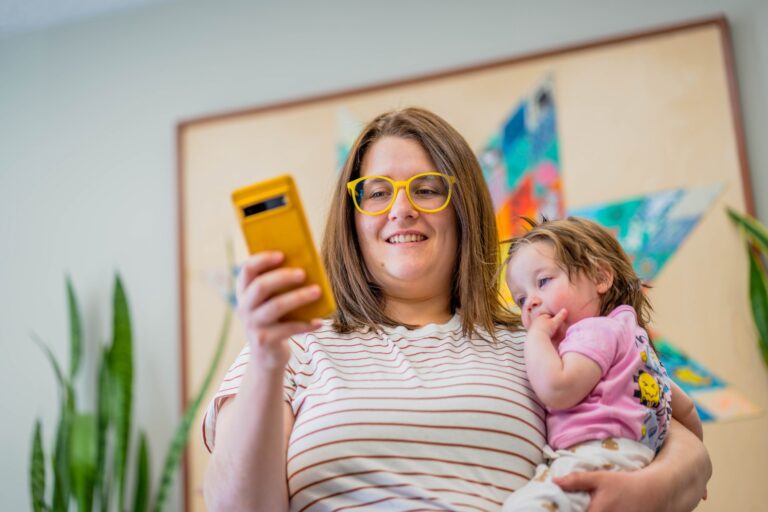How to make the transition back to the office easier on your pandemic pet
After more than a year of working and schooling from home, many offices and schools are re-opening as the COVID-19 vaccine uptake rises.

Credit: Patrick Kool/Unsplash
After more than a year of working and schooling from home, many offices and schools are re-opening as the COVID-19 vaccine uptake rises.
But for those who saw the lockdowns as the perfect opportunity to get a pandemic puppy, concerns may be setting in over how your pet will transition to less time with you at home.
Dr. Alexandra Protopopova, an assistant professor at the animal welfare program at UBC’s faculty of land and food systems, and a BC SPCA industrial research chair, shares similar concerns over her own pups.
We spoke with her about how to ease this transition and what animal welfare concerns she has as people shift away from working from home.
What are some concerns pet owners might have around re-opening and returning to the office?
The main concern is how your animal will be able to cope. Many of us stayed at home for so long and have constantly been in very close proximity to our companion animals – and they have also adjusted to this. For some who got pandemic puppies, this continuous proximity might be all that they know.
How can people prepare for this transition or make it easier if they are already in the transition back to in-person work or school?
If you haven’t yet returned to work, or if you have the flexibility to work from home on some days, I would suggest planning ahead. You want to imagine your ‘back to normal’ life and then work backwards from that.
This could mean leaving your dog at home when you go shopping or on errands with the ultimate goal of gradually increasing the periods of separation. As you’re leaving, you could have your dog occupy themselves using something like a puzzle feeder, a slow automatic feeder, or a food-stuffed toy. This could also mean gradually adjusting the number of walks your dog takes in a day to match the schedule you will have when you’ve fully returned to the office.
If you have already fully returned to the office and unable to plan ahead, you may consider looking to see if you have a neighbour who is still working from home or hire a dog walker to support you. For both cases, for extra support, you can consider talking to an animal behaviour professional.
What can be the most challenging part of this transition?
Unfortunately, this change is tough for many dogs, and especially for the pandemic puppies, since they have not yet had to learn how to be away from you. Also, although most people worry about their dog having separation anxiety, don’t be surprised if you also have feelings of separation anxiety. It’s valid, take it seriously, and be open to discussing the effect it might be taking on your mental health with a professional or someone you trust.
Are there more people surrendering their dogs because of this transition?
We saw high demand for companion animals during the pandemic, and lower numbers of people surrendering their pets to shelters. We are seeing higher numbers of surrenders now but there’s no evidence that new owners are surrendering their pandemic puppies.
Research continuously shows that people surrender their companion animals for financial and other human-related reasons, and this is often a hugely emotional ordeal since no one takes up an animal with the plan to give it up. If you are in this position, I’d encourage reaching out to a local animal shelter about what support they can give you, since some offer low-cost resources, food donations, financial assistance, and behavioural help, depending on your circumstance.



